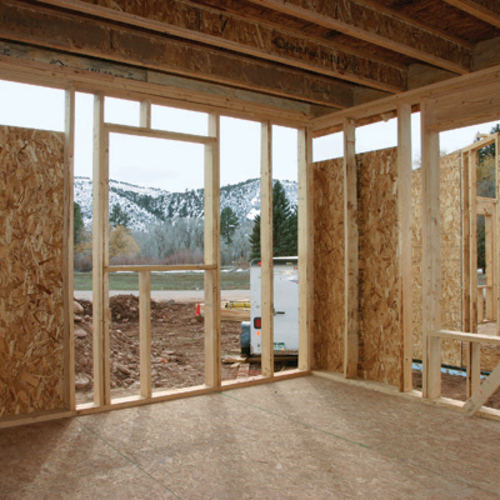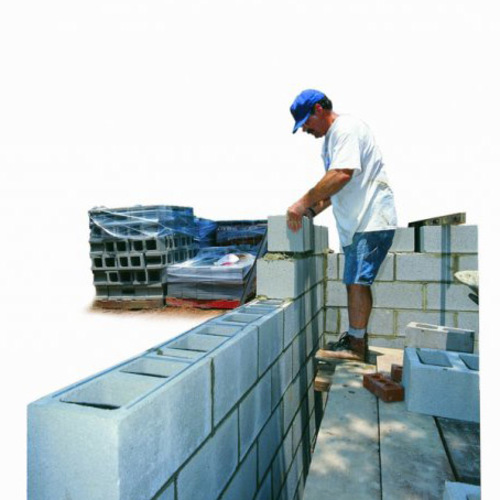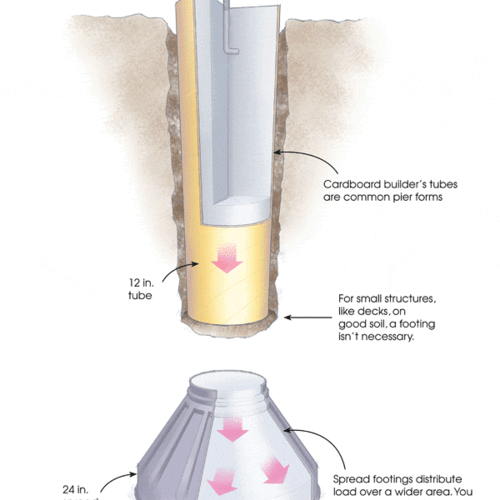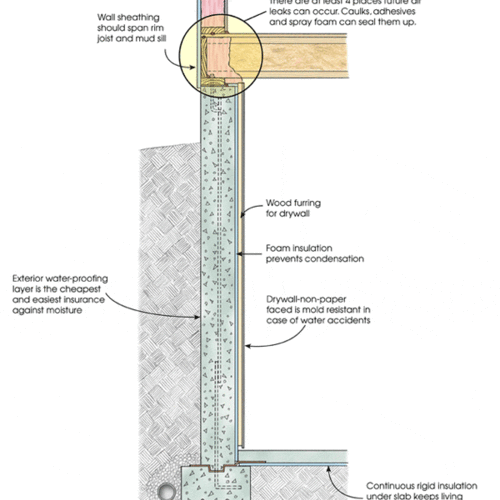ABOUT ICF WALLS
ICF homes are tight, strong, and quiet
One way to insulate a poured concrete wall is with permanent forms made of insulation. Insulating concrete forms (ICFs) are panels or hollow blocks that are stacked, braced, and then filled with concrete. They are most commonly solid pieces of rigid foam, but some are composites of cement and other insulating materials.
ICF walls should be seriously considered for any home built in a region subject to regular hurricanes.
Proponents of ICF walls tout at least two energy benefits: low rates of air leakage; and a thermal mass benefit. In many climates, an ICF wall provides no thermal mass benefit. Whether an ICF wall saves energy depends upon what the wall is being compared to.
Most homes with ICF walls have lower levels of air leakage than typical wood-framed homes. However, wood-frame homes can be made very airtight.

This article is only available to GBA Prime Members
Sign up for a free trial and get instant access to this article as well as GBA’s complete library of premium articles and construction details.
Start Free TrialAlready a member? Log in










4 Comments
Has any data been reviewed/researched for RASTRA?
Alf,
Here is information from an article on Rastra from the November 1999 issue of Energy Design Update:
"... But there are other hurdles that have yet to be jumped. One is the controversy over Rastra’s thermal performance. Some Rastra builders are claiming R-40 and even R-50 insulation values for 10- and 12-inch walls, when in fact there’s little scientific evidence to back them up. (On two occasions, home builders in the Southwest have called EDU complaining that Rastra builders are making “misleading energy claims.”) Rastra’s Web site says that European tests on a 5x5 ft, 14-inch thick wall yielded an effective R-value of ±R-30, incorporating a “conservative capacitance factor.” Capacitance refers to the wall’s thermal mass, which gives it the ability to absorb and release heat much more slowly than light wood-framed walls. The resulting performance advantage is sometimes referred to as the “dynamic benefit.” What the Rastra Web site is claiming, in effect, is that a stick-built wall would have to be built to R-30 to match the dynamic performance of a 14-inch Rastra wall. Newly completed tests at Oak Ridge National Laboratory (ORNL) find that the static, clear-wall R-value of a 10-inch Rastra wall is R-7.6. Using dynamic benefit multipliers ranging from 1.79 to 2.17 would yield dynamic R-value equivalents ranging from 13.6 to 16.5, depending on the climate. That’s a long way from the R-40 claims that some builders have been making. Though more ORNL tests remain to be done on 12- and 14-inch Rastra walls, it appears that the company, its distributors, and some builders have been overly optimistic in characterizing Rastra’s thermal performance."
Martin; Thank you for your comments. I'm building in Zone 2. Current Rastra claims on their website aren't as high as you indicated or at least seem to have been modified based on the ORNL testing as it is noted on their website. Looking at both I see something between 21.7 to 23.8 for a 10" wall. This value will exceed local minimum requirements. I'm not looking for mass thermal effects at this location obviously. The other benefit of this product though is sound reduction which is important at the site we propose to build upon. I'm also planning on extended eaves and native trees to eliminate direct heat gain during the hot summer months and few if any reflective surfaces. While R-30 would be desirable, (Rastra indicates it would be possible in their thicker wall products) for this location it is not practical.
Alf,
Rastra is misleading its customers. Oak Ridge National Lab (ORNL) tested Rastra walls and found them to measure R-7.7. This isn't high enough to meet prescriptive requirements for most building codes.
Rastra argues something else -- using a fictitious metric it calls "effective R-value." There is no such thing.
From the Rastra web site: "Walls made of RASTRA provide a much higher Effective R-value than wood frame insulated walls. While framed walls with fiberglass advertise R-values ranging from R-13 to R-19, RASTRA provides an Effective R-value range of R-24 to R-46."
Remember, there is no such thing as "effective R-value." Believe ORNL -- the number is R-7.7.
Log in or become a member to post a comment.
Sign up Log in